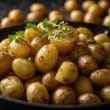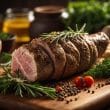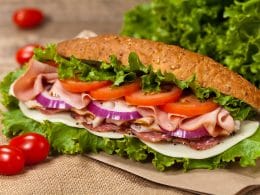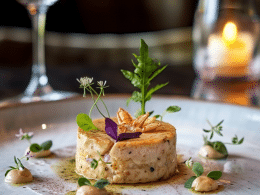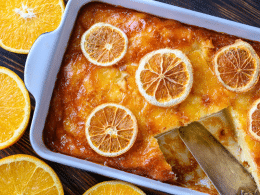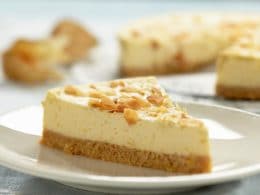The idea of processing a cob of corn into different textures has produced some confusion among the society: We have cornmeal, cornflour, and cornstarch that sit together around us, and more often than not their similar names sound a little bit intimidating for people who begin to love cooking (or begin to love shopping groceries).
Fear not, my dear.
Those three foods are actually super easy to identify. You can easily distinguish one thing from another right after reading my quick explanation below.
P.S. This post contains affiliate links. As an Amazon Associate, I earn from qualifying purchase(s).
Cornmeal VS Cornflour VS Cornstarch: What Are They?
Cornmeal, cornflour, and cornstarch, all of them are processed products of corn.
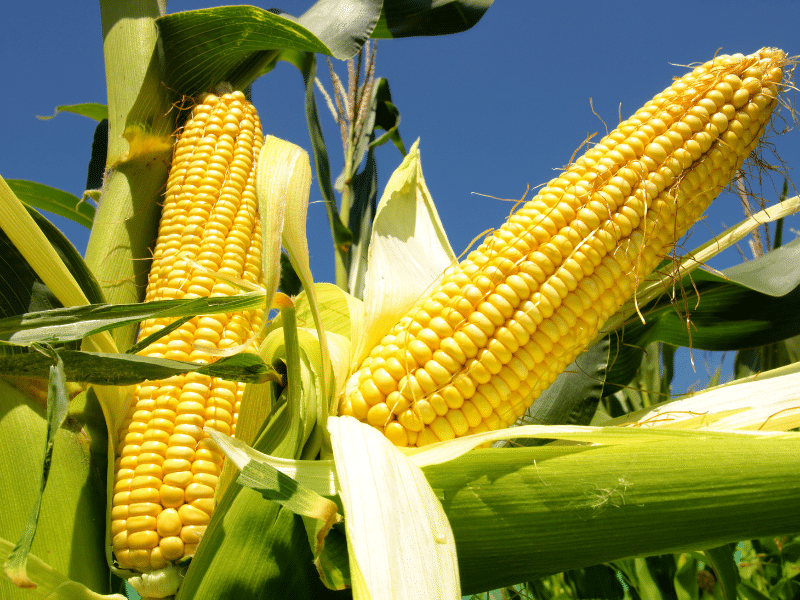
Yes, that yellow cylindrical vegetable with small kernels can be processed into so many different kinds of foods, including popcorn and corn flakes.
The ingenious invention of humankind has inspired amazing people to produce different products from 1 kind of ingredient. And that’s the beauty of the culinary world.
In this case, corn is going through different processes that result in different foods: cornflour, cornmeal, and cornstarch.
Cornmeal VS Cornflour VS Cornstarch: What’s The Difference?
Actually, they have more than 1 kind of difference. You can distinguish them using different methods i.e. the look, the taste, and the production process. After understanding those three, you can begin to learn the different uses of those products in the kitchen.
The Look
Visual explanation is probably the best way to learn something. So, check out these pictures of cornmeal, cornflour, and cornstarch and you can QUICKLY see the difference.
What does cornmeal look like?
Cornmeal is coarse and has a bright yellow color.
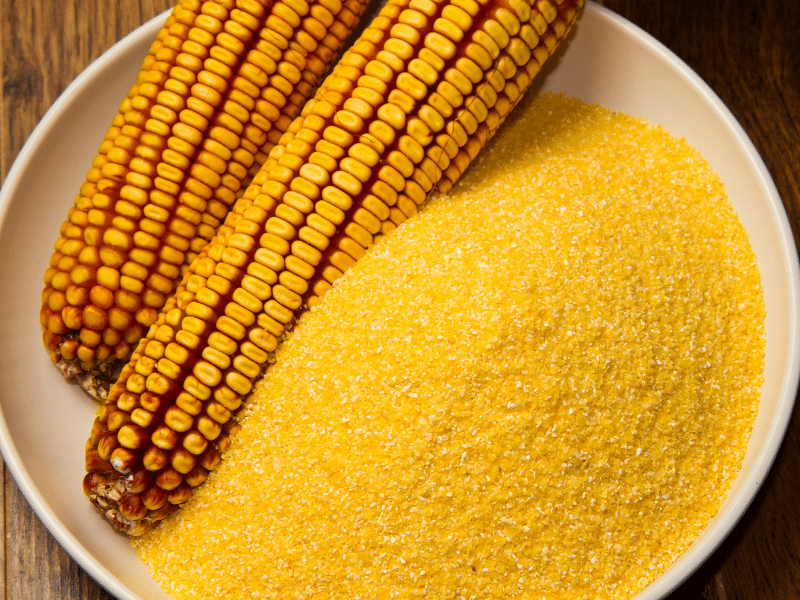
What does cornstarch look like?
Cornstarch is the smoothest-looking among these three corn products. It’s white and at a glance, it looks similar to the common all-purpose flour.
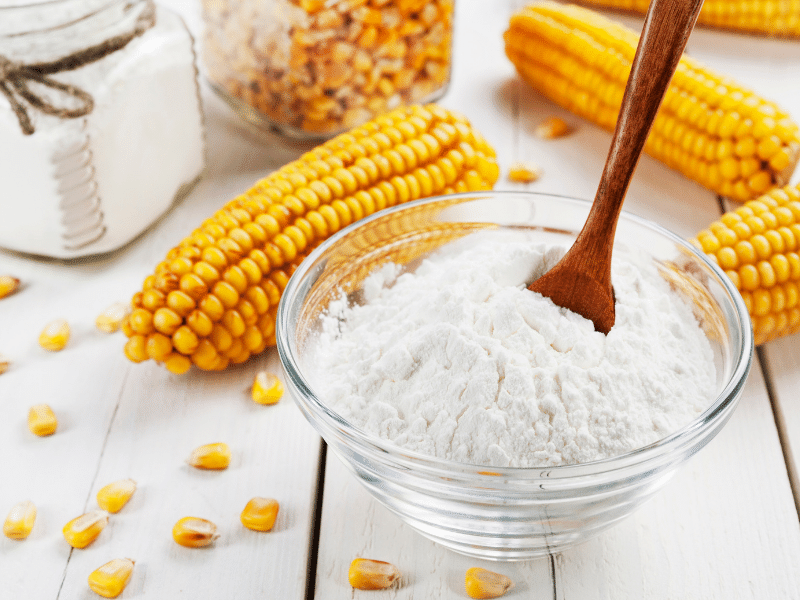
If you need some cornstarch for your kitchen you can get it here.
Cornflour
Cornflour usually has a yellowish-cream color. It looks like powder.


Need some cornflour for your next cooking project? Get it [here].
The Texture
As for the texture, cornmeal is definitely the roughest. Corn flour and corn starch are both powdery and fine but corn flour is a bit coarser than cornstarch. Cornstarch has the smoothest texture among these three.
The Production Process
Cornmeal has the simplest production process among these three. You can make cornmeal traditionally using a stone grinder. Cornmeal is made by grinding the dried corn kernel into the desired texture. You can produce really rough cornmeal to decently smooth cornmeal depending on how well and how long you grind (although it’s not as smooth as the cornstarch).
Cornflour is made by grinding corn kernels too, but the grinding process is so well that the result is fine and powdery.
Cornstarch has the most complicated process among these three. Cornstarch is made of corn endosperm (the white thing inside the corn kernel). So, you need to remove the outer layer first to get the endosperm. Those white endosperms are then ground into fine powder a.k.a. cornstarch.
The Taste
After understanding the production process, now you might be able to guess the taste of those products.
Both cornmeal and cornflour are made by grinding corn kernels, so they taste like corn (coarse cornmeal usually has a stronger corn flavor as compared to smooth cornflour).
On the other hand, cornstarch is made of the endosperm (a white, tasteless thing inside the corn kernel), hence it’s pretty much flavorless in taste.
The Functions
Although they are similar and in certain cases can substitute each other, they actually have different uses in the kitchen.
Cornmeal
Cornmeal, besides presenting as a staple food can be used as a great coating for fried foods.
Cornflour
Cornflour can be incorporated into the baking process because it can give a good structure for baked goods such as muffins, cookies, and cakes.
Cornstarch
Cornstarch is flavorless. So it’s a great thickening agent in gravy, sauces, stew, and soup since it doesn’t change the taste and the color.


